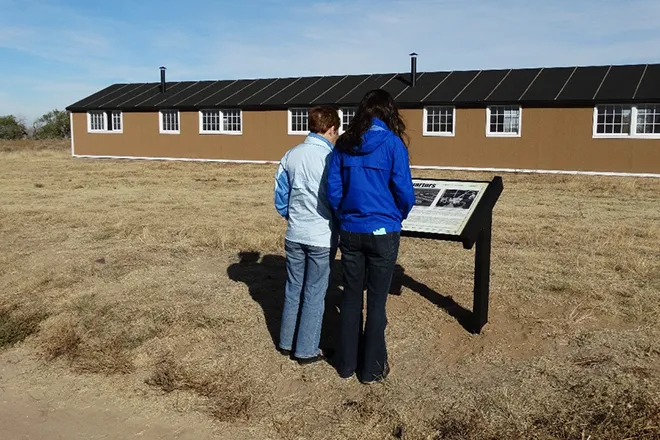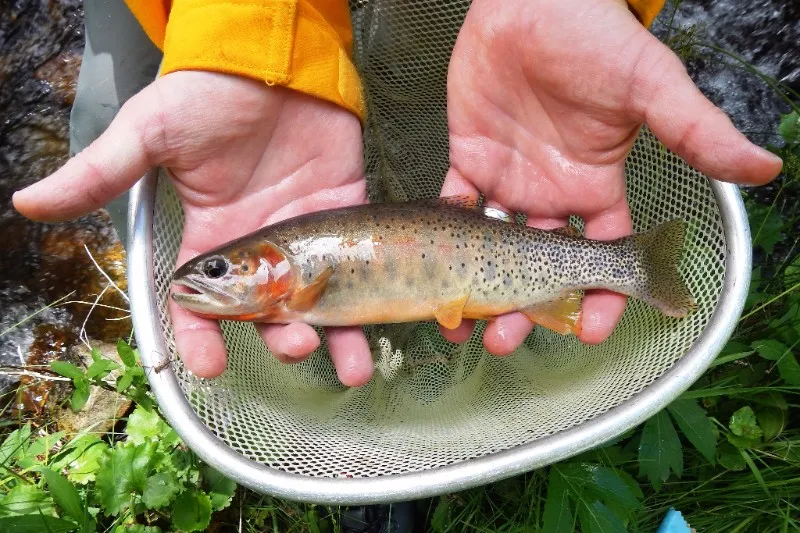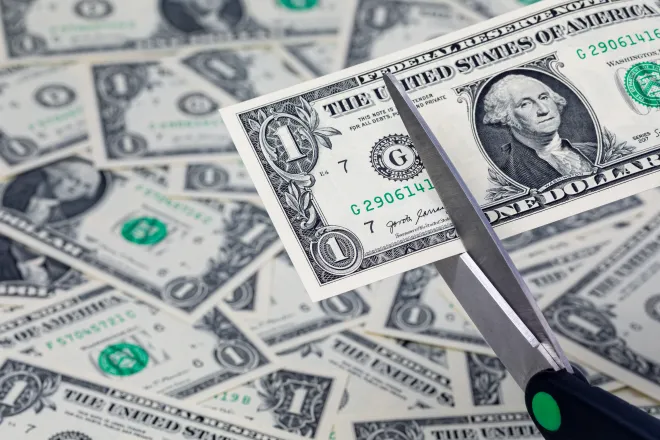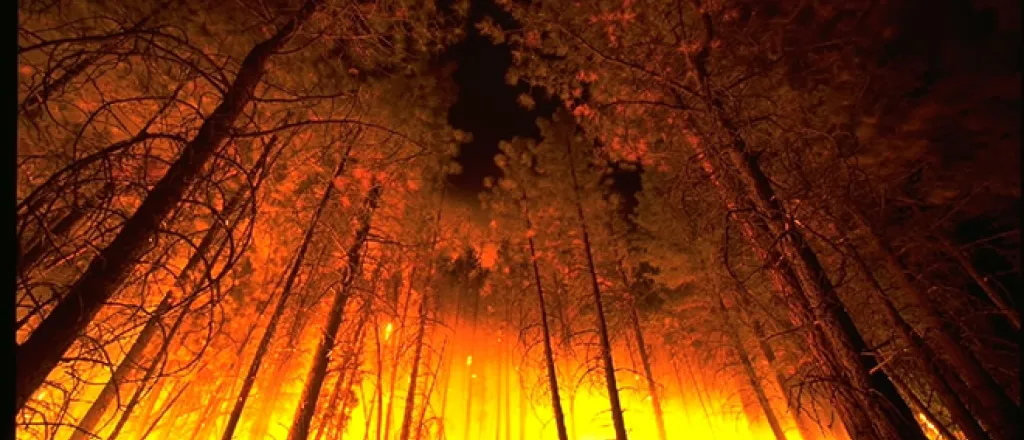
New Mexico among states with longer, more intense fire weather seasons
Click play to listen to this article.
(New Mexico News Connection) Areas of northern New Mexico now see 60 more annual fire days than 50 years ago, creating longer, more intense fire seasons.
A report from Climate Central shows hotter temperatures in the Southwest due to climate change are a huge reason, but Kaitlyn Trudeau, senior research associate in climate science at Climate Central, said there's another major factor as to why New Mexico sees two more months of fire weather compared with a half century ago.
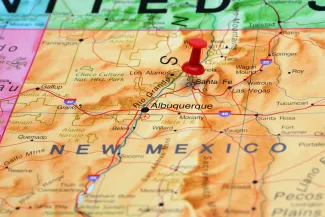
"When we look at which variables, what's sort of changing this, we're seeing that it's really the humidity," she said. "We're seeing a huge increase in the number of these really dry days."
New Mexico recently received $28 million in federal infrastructure money, compared with $11 million last year, to curtail wildfires by thinning forests, clearing vegetation and carving out firebreaks.
New Mexico had its most devastating wildfire ever in 2022, a result of poorly managed prescribed burns by the U.S. Forest Service. More than 330,000 acres of land were destroyed, forcing 25,000 people to flee their homes.
For most western states, Trudeau said, the increase in days of optimal fire conditions occurs in the summer, but states such as New Mexico show a slightly different pattern.
"In the Southwest, we're really seeing big increases in the spring, and that's around the time that we can do things like prescribed burning," she said. "In order to do prescribed burning, you have to have a very specific set of weather conditions, because it's really dangerous to burn anything when you have really hot, dry, windy days."
Prescribed burns are intended to reduce risks of wildfire damage to adjacent properties, improve watershed and habitat conditions and increase the viability of native wildlife while reducing threats of invasive species.

